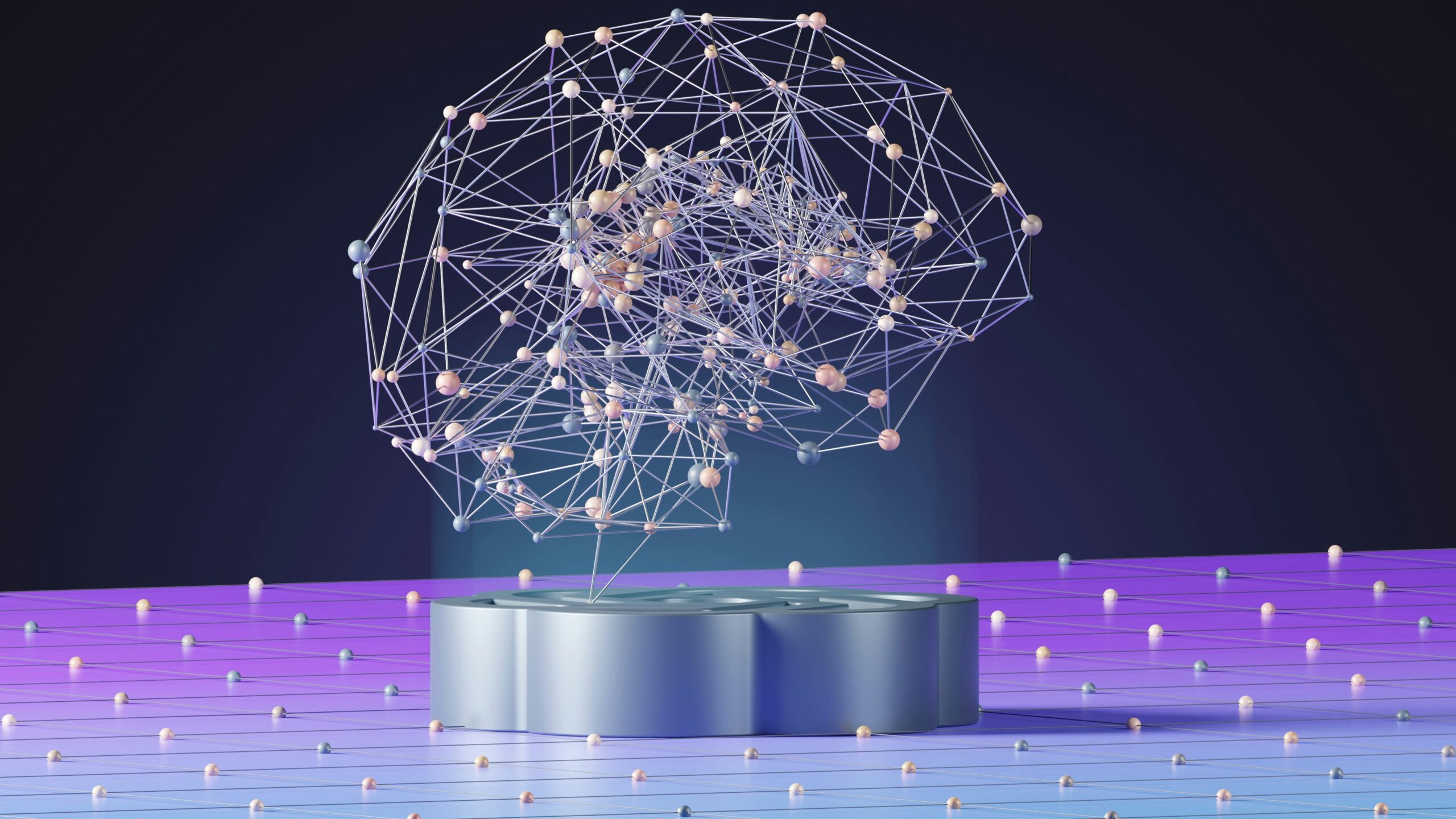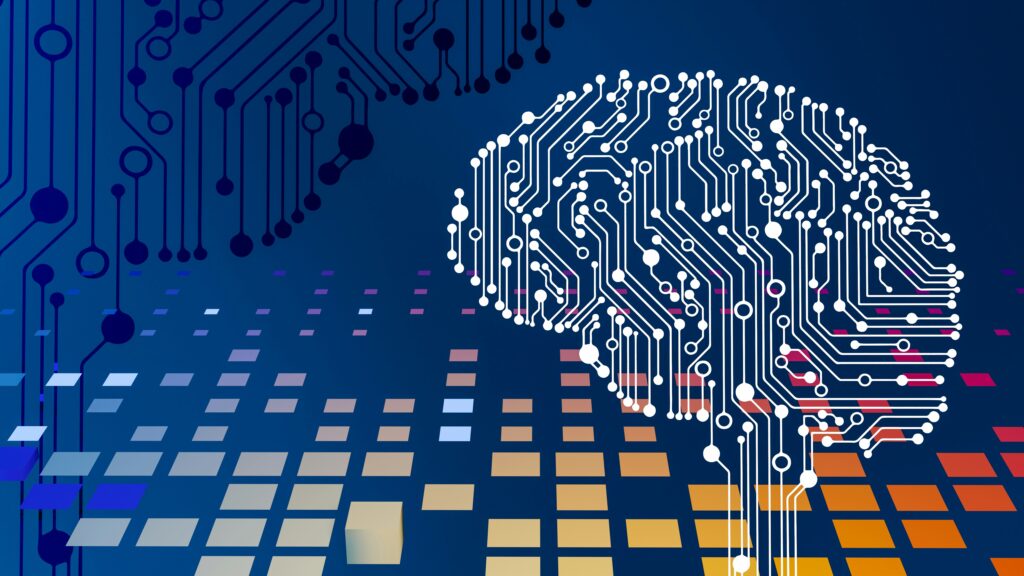In 2025, every brand wants an “AI-powered” app.
From startups to enterprises, everyone’s pitching the next intelligent assistant, chatbot, or predictive app experience.
Search LinkedIn or Product Hunt, you’ll see the same trend:
- AI app that automates your workflow.
- AI assistant for your industry.
- AI everything.
The hype is real — but so are the problems.
The Problem (or Misconception)
Most of these so-called “AI apps” are just chat interfaces wrapped around GPT APIs — no real context, no integration, and no business impact.
They look fancy in demos but fail when:
- They can’t access internal data (CRM, ERP, or SharePoint).
- They give generic answers instead of contextual insights.
- They don’t fit into users’ natural flow of work.
The result? AI becomes a feature, not a foundation and adoption collapses.
The POV
At Athen, we believe the future of apps isn’t about adding AI – it’s about embedding intelligence.
The best apps of 2025 are:
- Context-Aware – They know your data, not just your prompts.
- Integrated – They talk to your Microsoft 365, Azure, CRM or ERP systems.
- Assistive – They suggest, summarize, or act – not just chat.
We’re seeing a shift from “apps with AI” to “apps that think.”
The Takeaway: What Smart Companies Are Doing Instead
Here’s how forward-thinking teams are approaching AI:
- Connecting to Real Business Data
- Integrate with internal APIs, not just OpenAI endpoints.
- Let the app reason over SharePoint, SQL, or Teams data. Example: A field engineer app that predicts maintenance schedules based on historical data.
- Designing Around Workflows, Not Features
- Build apps that fit the user’s day — don’t add another screen.
- Mobile + Teams + Notifications = continuous workflow. Example: Sales apps that auto-summarize calls and update CRM.
- Keeping Human-in-the-Loop AI
- Don’t replace decisions; assist them.
- Give users control, transparency, and feedback loops. Example: AI suggests actions, but humans approve the next step.
Final Word
The real innovation in 2025 isn’t about who builds an AI app first – it’s about who builds an app that actually understands its users.
Because in the end: AI isn’t a button. It’s behaviour.
And apps that get that right? They’ll own the future.




